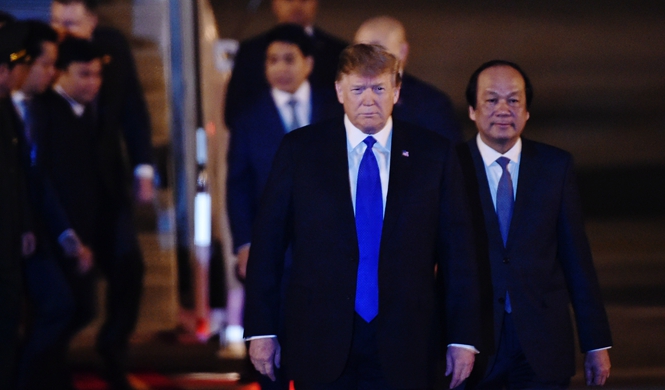WASHINGTON, Feb. 26 (Xinhua) -- The cooperation between the United States and China in conserving giant pandas has yielded "amazing successes," a U.S. zoo chief said in a recent interview with Xinhua.
"Working together with our Chinese colleagues, we learned so much from them and we shared our knowledge with them as well," said Steven Monfort, director of the Smithsonian's National Zoo and Conservation Biology Institute.
"Together we were able to understand how to best manage and care for this precious species," he said.
The zoo has sheltered giant pandas since 1972 when Ling Ling and Hsing Hsing were given by the Chinese government as a gift to commemorate the groundbreaking progress made with the U.S. side in terms of their ties that year.
Their presence at the zoo, followed by that of Mei Xiang and Tian Tian, its second pair of giant pandas, and three cubs born there, has not only drawn countless visitors from both home and abroad but also given the institute an unparalleled opportunity to study the species.
Monfort said the zoo, part of the world-renowned museum and research complex Smithsonian Institution, has been cooperating with its Chinese partners for decades on "creating new knowledge about the giant panda biology and ecology, working ultimately to help save pandas from extinction."
He said the Smithsonian Institution is proud of being a scientific organization as it's doing "a lot of work on understanding the basic biology of a different species, including the giant panda," about their reproduction, nutrition, and behavior, among others.
Besides Mei Xiang and Tian Tian, at the U.S. national zoo's David M. Rubenstein Family Giant Panda Habitat also lives their three-year-old son, Bei Bei, whose elder brother, Tai Shan, and his elder sister, Bao Bao, moved to China, respectively in 2010 and 2017.
According to the zoo, almost 80 percent of visitors to the zoo come to visit giant pandas.
"In my view, giant pandas are the most popular animal on the planet and at the national zoo they certainly are iconic species," Monfort said. "They are true rock star."
The director also described the zoo's giant pandas as "an ambassador for conservation globally" and "a very important symbol of partnership and collaboration."
"I have many colleagues and friends that I've had for decades now working in China and together we've done amazing successes in helping to save pandas," he noted. "We're very proud of the history of our partnership."
Partly thanks to that, the endangered status of giant pandas has been further eased.
The latest census in 2014 found there were 1,864 giant pandas alive in the wild, up from 1,114 decades ago. The number of pandas bred in captivity reached 548 globally as of last November, according to China's National Forestry and Grassland Administration.
Monfort said the next step, which is ongoing, is to understand how to reintroduce giant pandas back into the wild so that "we can support both the captive population but also the population in nature."
He added that the zoo will begin new discussions this year on expanding its collaboration with the Chinese side and looks forward to "having a much, much longer partnership that will carry well on into the future."

















